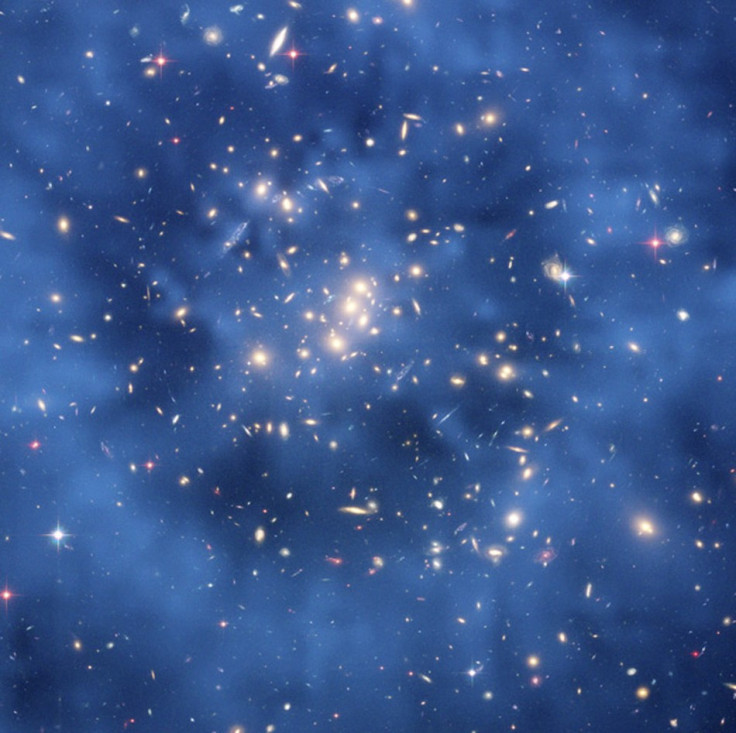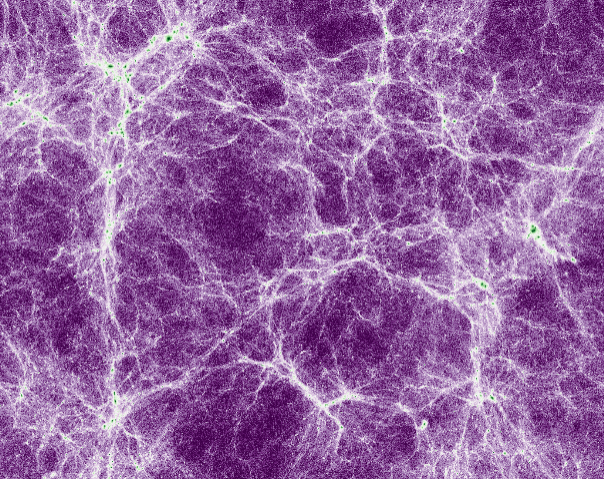Invisible dark matter pervading the universe is actually 'cold' - not 'fuzzy'
Study of luminous quasar has been proven consistent with the cold dark matter theory.

Although it is thought to make up most of the universe, dark matter is invisible. What it is made up of remains one of astrophysics' greatest mysteries.
In a study now published in the journal Physical Review Letters, scientists have backed up a scientific theory known as the 'cold dark matter' model. This theory centres around the idea that dark matter is made up of a relatively massive, slow-moving type of particle with 'weakly interacting' properties.
It was first formulated in the 1980s, and is currently the standard model for dark matter. Scientists have referred to it to try and explain the large-scale structure of the universe, and to think about why galaxies may be clustering in larger groups. However, many puzzles remained unsolved with this theory.
Scientists were unable for instance to reconcile the fact that this model predicts that the Milky Way galaxy should have hundreds of satellite galaxies nearby, when we have only a few dozen small, close neighbours.
In recent years, another model known as the 'fuzzy dark matter' theory has emerged to try and compensate for the weaknesses of the 'cold dark matter' theory. Scientists who adhered to it defined dark matter as an ultralight particle, rather than a heavy one.
Intergalactic medium to study dark matter
In the new study, scientists decided to model the hypothetical properties of dark matter based on new observations of the intergalactic medium - the diffuse gas that connects galaxies throughout the universe. The intergalactic medium consists largely of dark matter, hydrogen gas and a little bit of helium.
The hydrogen absorbs light emitted from distant, bright objects - a phenomenon that has long been investigated by researchers. In this particular research, the team from the University of Washington looked at how the intergalactic medium interacted with the light emitted by quasars, which are massive bright objects located very far away.

The scientists assessed what type of dark matter particle would be consistent with the quasar data they looked at. They found that the kind of particles predicted by the fuzzy dark matter theory are too light to account for the hydrogen absorption patterns observed in the intergalactic medium.
As such, heavier particles predicted by the cold dark matter theory are much more likely - even though the scientists are still unable to resolve all the inconsistencies of this model.
"For decades, theoretical physicists have tried to understand the properties of the particles and forces that must make up dark matter," explained lead author Vid Iršič, a postdoctoral researcher in the Department of Astronomy at the University of Washington. "What we have done is place constraints on what dark matter could be—and 'fuzzy dark matter,' if it were to make up all of dark matter, is not consistent with our data."
These findings are important because they could help future efforts to identify dark matter directly, as they tell researchers what sorts of properties they should be looking for.
© Copyright IBTimes 2025. All rights reserved.






















